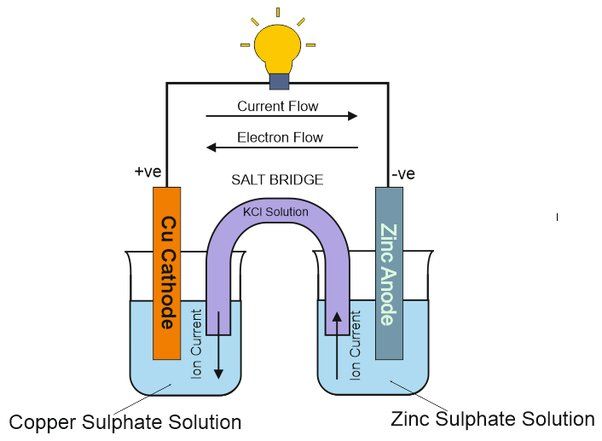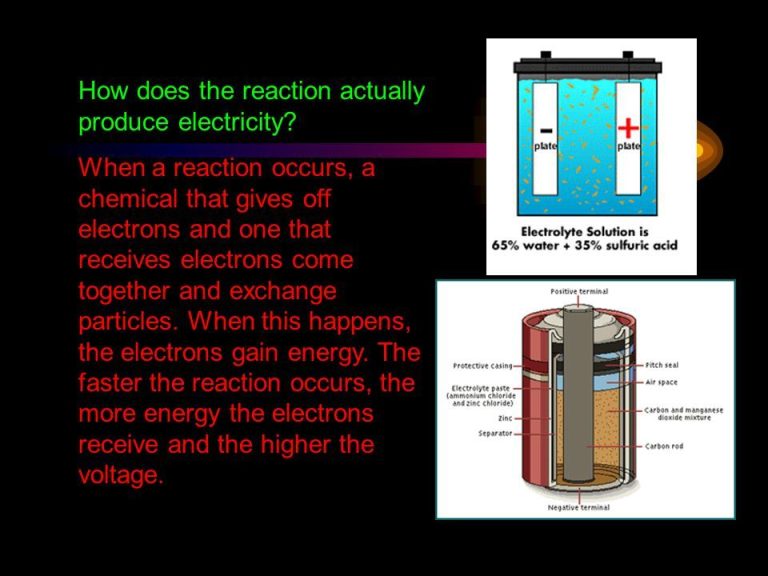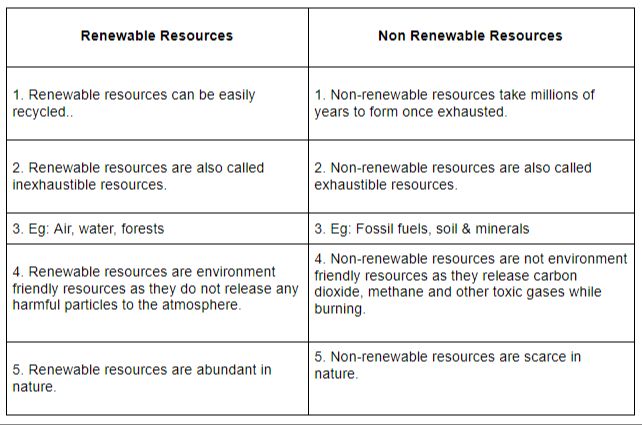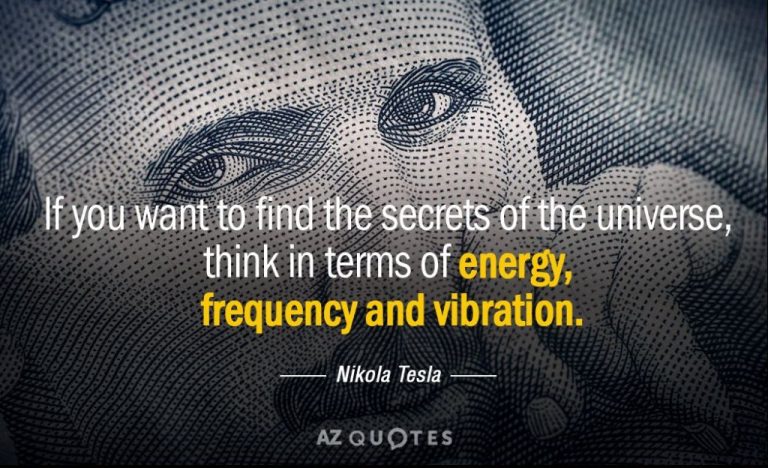Is Sunlight Kinetic Or Potential Energy?
Kinetic energy is the energy of motion. Objects that are moving have kinetic energy. The faster an object moves, the more kinetic energy it has. Kinetic energy can be transferred between objects during collisions. Potential energy is stored energy. There are several types of potential energy including gravitational potential energy, elastic potential energy, and chemical potential energy. Gravitational potential energy is energy stored in an object’s height. Elastic potential energy is energy stored in elastic objects that are deformed. Chemical potential energy is energy stored in the bonds of atoms and molecules. The key difference between kinetic and potential energy is that kinetic energy involves motion while potential energy is stored.
What is Kinetic Energy?
Kinetic energy is the energy of motion. It depends on both the mass and velocity of an object. The more massive an object is and the faster it moves, the more kinetic energy it possesses. For example, a car moving at 60 mph has more kinetic energy than a bicycle moving at 15 mph, simply because the car has so much more mass.
Kinetic energy can be transferred between objects during collisions. When one moving object strikes another, some of its kinetic energy is passed along to the other object, causing it to move. This transfer of energy during collisions allows kinetic energy to propagate through systems.
Kinetic energy is a property of all moving objects and flows through systems. Understanding kinetic energy is crucial for analyzing mechanical processes and motion.
What is Potential Energy?
Potential energy is stored energy that depends on an object’s position or configuration. For example, a ball held at the top of a ramp has potential energy due to gravity. As the ball rolls down the ramp, this potential energy gets converted into kinetic energy – energy of motion. Other examples of potential energy include:
- Chemical energy stored in the bonds of atoms and molecules
- Elastic potential energy stored in stretched springs or rubber bands
- Nuclear energy from the binding forces between particles in an atomic nucleus
The key aspect of potential energy is that it is not in motion, but has the potential to be released and turned into kinetic energy. Lifting an object upwards increases its potential energy, while allowing it to drop converts that potential into kinetic energy. Potential energy can also be converted into other forms like heat, light, or electricity.
Properties of Sunlight
Sunlight travels through space in the form of electromagnetic waves. These waves move at the speed of light, which is approximately 300,000 kilometers per second or 186,000 miles per second. This makes sunlight the fastest thing in our observable universe. The light waves oscillate perpendicular to the direction they travel. The different frequencies of oscillation determine the various types of electromagnetic radiation that make up sunlight, including radio waves, microwaves, infrared radiation, visible light, ultraviolet rays, x-rays and gamma rays.
Visible sunlight that humans can see represents only a tiny sliver of the full electromagnetic spectrum. The specific frequencies of visible light range from red at the lowest frequency of around 400 terahertz to violet at the highest frequency of around 790 terahertz. When sunlight passes through a prism, the different frequencies separate into the colors of the rainbow due to refraction. The speed of sunlight remains constant regardless of frequency.
Is Sunlight Kinetic or Potential Energy?
Sunlight is kinetic energy. It travels from the sun to Earth in the form of electromagnetic radiation, which are waves that carry energy. Once the sunlight reaches Earth, the waves can be converted into other forms of energy like heat and electricity.
Specifically, sunlight is radiant energy, which means it travels as waves or particles. The sun produces sunlight by undergoing nuclear fusion reactions that release photons – packets of light energy. These photons stream outwards in all directions at the speed of light. As they travel through space, the photons maintain their kinetic energy.
Kinetic energy is energy associated with motion. The photons that make up sunlight are always moving. Even when sunlight shines on a surface, the photons bounce off and continue traveling unless they are absorbed and converted into a different form of energy. Sunlight is kinetic because it consists of particles in constant motion with the capacity to do work.
Kinetic Energy of Sunlight
Sunlight possesses kinetic energy due to its movement. The photons that make up sunlight are massless particles moving at the speed of light. This movement gives sunlight kinetic energy. This kinetic energy allows sunlight to be converted into other forms of energy through interactions with matter.
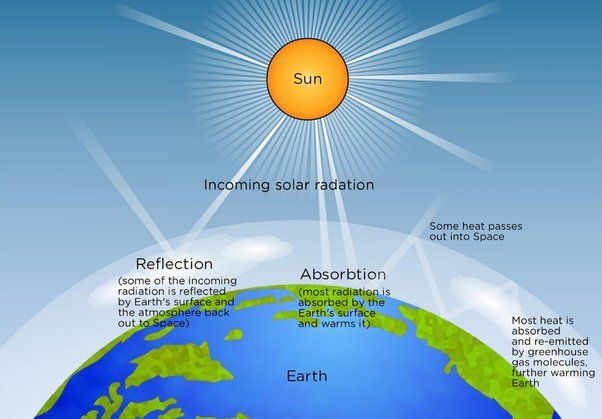
The amount of kinetic energy carried by sunlight depends on its wavelength. Shorter wavelength radiation like ultraviolet and blue light carries more energy than longer wavelength radiation like infrared. When sunlight hits an object, its photons can be absorbed and their kinetic energy converted into heat, electricity, chemical energy, or other forms. Understanding sunlight’s kinetic energy at different wavelengths allows us to utilize it more effectively through photovoltaics, photosynthesis, heating, photography, and more.
Potential Uses of Sunlight
Sunlight contains vast amounts of potential energy that can be harnessed in various ways. Here are some of the main potential uses of sunlight:
Solar Power
One of the most direct ways to utilize sunlight’s potential energy is through solar power. Solar panels convert sunlight into electricity that can power homes, businesses, and more. Solar energy is renewable and eco-friendly.
Photosynthesis
Plants use sunlight to power photosynthesis, the process by which they convert water and carbon dioxide into energy and oxygen. Photosynthesis is essential for nearly all life on Earth, as plants produce food and oxygen from sunlight.
Heating and Lighting
Sunlight can be harnessed to provide natural lighting and passive solar heating. Properly designed buildings with large south-facing windows can maximize sunlight’s heating and lighting potential, reducing energy costs.
Storing Sunlight’s Energy
The kinetic energy of sunlight can be captured and stored for later use in several ways:
Batteries: Solar panels convert sunlight into electrical energy, which can be used to charge batteries. The energy is stored chemically in the battery until needed. This allows the energy from the sun to be used at night or on overcast days.
Thermal: Solar thermal collectors absorb heat from sunlight to warm up water or other fluids. This heated liquid can be stored in insulated tanks and the heat used later for hot water needs, space heating, or to drive a turbine to generate electricity.
Chemical: Through artificial photosynthesis, sunlight can be used to convert water and carbon dioxide into chemical fuels like hydrogen or hydrocarbons. The energy is stored in the chemical bonds of the fuel molecules until released by combustion or a fuel cell.
These methods allow the kinetic energy from the sun’s rays to be captured and converted into storable potential energy for on-demand use.
Converting Kinetic to Potential
Sunlight is constantly striking the Earth as electromagnetic radiation carrying kinetic energy. However, there are ways to convert the kinetic energy of sunlight into stored potential energy that can be used on-demand. Two prime examples of this conversion process are photosynthesis and solar panels:
Photosynthesis is the process plants use to convert sunlight into chemical energy. Plants absorb the sun’s photons and use their energy to synthesize carbohydrates from carbon dioxide and water. The carbohydrates, usually glucose, store potential energy that plants can later break down to fuel growth and other biological processes. Through photosynthesis, plants are able to harness the kinetic energy in sunlight and convert it into the potential energy of sugars and starches for later use.
Solar panels also allow us to convert sunlight’s kinetic energy into potential energy that can be stored for human use. Solar cells in the panels generate an electric current when struck by photons. This electric energy can then be directed into batteries and other storage devices, where it is held as potential energy until people plug into the system and use the electricity. In this way, the kinetic energy of the sun gets turned into electric potential energy through the solar panels.
Both photosynthesis and solar panels demonstrate ways kinetic solar energy gets converted into storable potential energy here on Earth. Plants convert sunlight into chemical energy they can later use to grow and function. Solar panels convert sunlight into electric energy humans can store in batteries and access to power devices and infrastructure. The kinetic energy of the sun is abundant, but converting it to usable potential energy is key.
Conclusion
In summary, sunlight is kinetic energy. It is emitted from the sun as electromagnetic radiation that travels to Earth. This radiation has energy in the form of moving photons that have momentum and velocity. When the photons interact with matter on Earth, they transfer their kinetic energy to atoms and molecules. This energy transfer is what allows sunlight to provide heat and light.
While sunlight is kinetic energy itself, it can be converted and stored as potential energy through various processes. Solar panels convert the kinetic energy of photons into electrical potential energy that can then be stored in batteries. Plants use photosynthesis to convert the kinetic energy of sunlight into chemical potential energy stored in organic compounds. Even thermal systems can use sunlight’s warmth to heat up water in tanks, transforming kinetic energy into stored thermal potential energy.
So in conclusion, sunlight begins as kinetic energy traveling from the sun to Earth. But through various natural and technological processes, its energy can be converted and stored as potential energy for later use.

